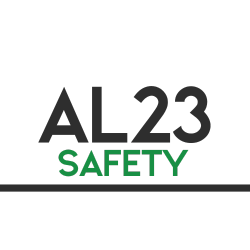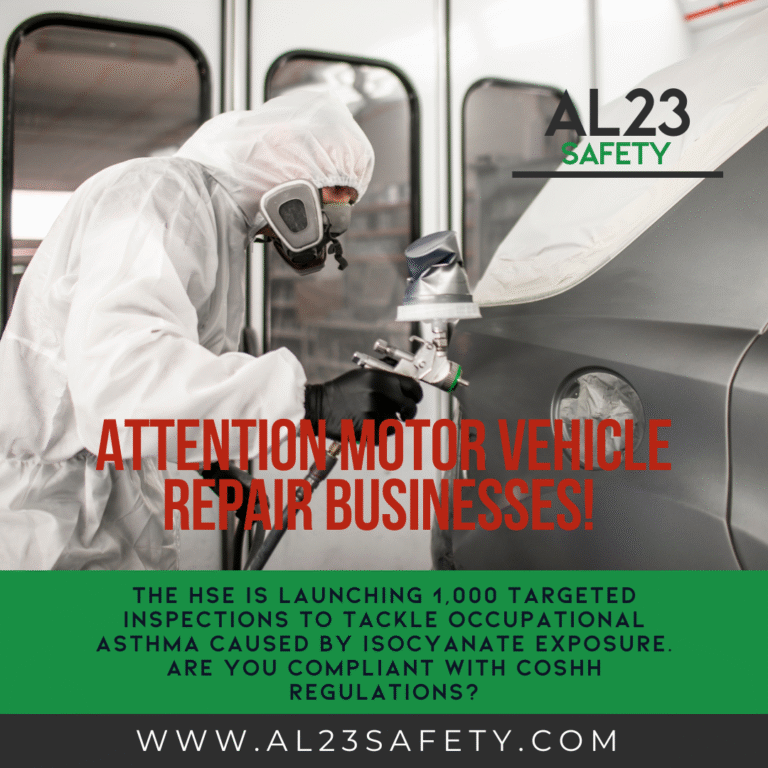This course is aimed at anyone who uses abrasive wheels, or employs people who use abrasive
wheels as part of their work.
There are a wide range of tools and processes that use abrasive wheels and ensuring these are used
correctly and safely is of paramount importance. Applications range from hand grinding to disc
cutting. They can be used at all stages of a work process, for making preliminary cuts and scores in
materials, or for fine polishing and finishing.
Different wheels will have different properties and characteristics suitable for particular tasks. They
also have different weaknesses and can pose different risks and hazards in handling and use. For this
reason, it’s important that you always select the right abrasive wheel for the job and use it with the
right machinery.
This course covers the anatomy of an abrasive wheel, the dangers associated with their use, Storage
and handling and much more.

